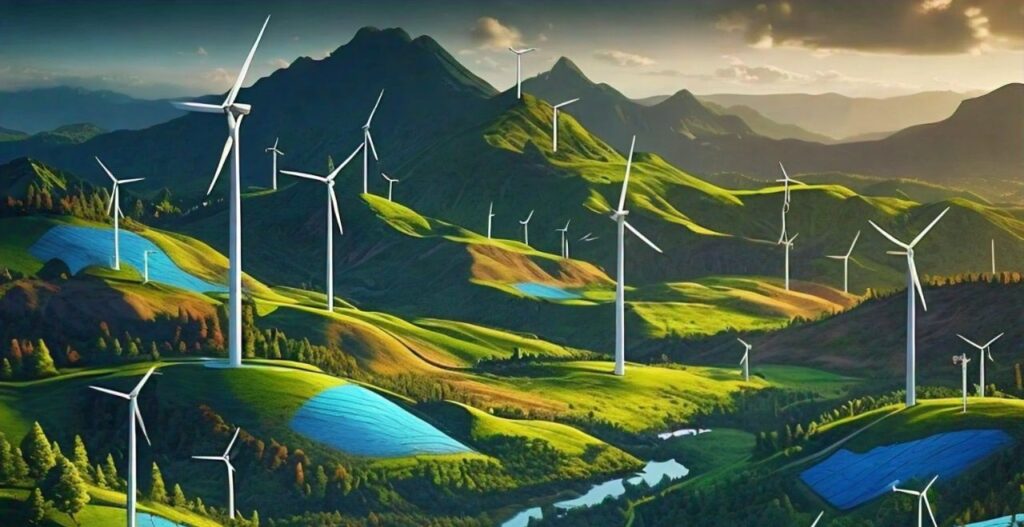Introduction:
As the world grapples with climate change, environmental degradation, and energy scarcity, the importance of green building design cannot be overstated. The built environment has a significant impact on the planet, accounting for nearly 40% of global energy consumption and 30% of greenhouse gas emissions. At FutureGen Consulting, we recognize the critical role that green building design plays in creating a more sustainable future. In this article, we’ll explore the benefits, principles, and best practices of green building design, and how it can contribute to a healthier planet.
What is Green Building Design?
Green building design, also known as sustainable design, is an approach to building development that minimizes environmental impact while maximizing energy efficiency, water conservation, and indoor air quality. It integrates natural and built systems to create a harmonious and sustainable environment. Green building design considers the entire building lifecycle, from construction to operation, maintenance, and eventual decommissioning.
Benefits of Green Building Design:
- Energy Efficiency: Green buildings reduce energy consumption through efficient systems, renewable energy sources, and optimized natural lighting.
- Water Conservation: Green buildings incorporate water-saving measures, such as low-flow fixtures and rainwater harvesting systems.
- Indoor Air Quality: Green buildings promote healthy indoor environments through natural ventilation, air filtration, and non-toxic materials.
- Waste Reduction: Green buildings minimize waste generation during construction and operation through recycling, reuse, and sustainable materials.
- Cost Savings: Green buildings can reduce energy and water costs, leading to long-term savings for building owners and occupants.
- Enhanced Property Value: Green buildings command higher property values and rental rates due to their unique features and benefits.
Principles of Green Building Design:
- Sustainable Site Selection: Choose sites with existing infrastructure, proximity to public transportation, and minimal environmental impact.
- Efficient Systems: Design energy-efficient systems, including HVAC, lighting, and electrical systems.
- Water Conservation: Incorporate water-saving measures, such as low-flow fixtures and rainwater harvesting systems.
- Material Selection: Specify sustainable, recycled, and recyclable materials.
- Indoor Air Quality: Design natural ventilation, air filtration, and non-toxic materials to promote healthy indoor environments.
- Resilience and Adaptability: Design buildings that can adapt to changing environmental conditions and climate scenarios.
Best Practices for Green Building Design:
- Integrated Design: Collaborate with architects, engineers, and stakeholders to create a holistic design approach.
- Building Information Modeling (BIM): Utilize BIM to optimize building performance, energy efficiency, and material selection.
- Commissioning and Testing: Ensure that building systems are properly installed, tested, and commissioned.
- Monitoring and Maintenance: Regularly monitor and maintain building systems to optimize performance and identify areas for improvement.
- Innovative Technologies: Explore emerging technologies, such as building-integrated photovoltaics and green roofs.
Conclusion:
Green building design is no longer a niche concept; it’s a necessary approach to creating a sustainable future. By embracing green building design principles and best practices, we can reduce the built environment’s environmental impact, promote healthy indoor environments, and contribute to a more resilient and sustainable world. At FutureGen Consulting, we’re committed to delivering innovative and sustainable solutions that shape a better future for generations to come.

